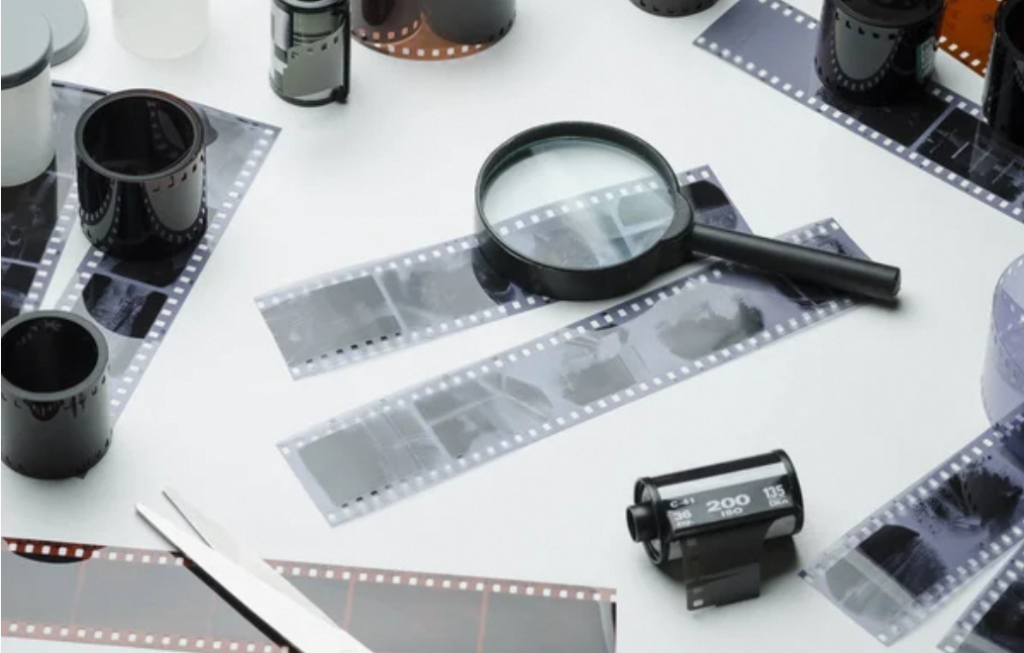In recent times, it seems that there has been a resurgence in the popularity of 35mm film in the world of photography, despite the advent of digital cameras and smartphones with high-resolution cameras. Millions of people, both professional photographers and amateurs alike, are choosing to go back to the basics and work with the imperfections and charm that comes with film photography. This trend represents a departure from the standardized perfection of digital images, and an embracement of the grit and rawness of analog methods.
The Appeal of Film Photography in the Digital Age
The Nostalgia Factor
One of the key reasons for the re-emergence of 35mm film is the nostalgia that it evokes in people. Many of today’s younger photographers, who grew up with digital cameras and the convenience of smartphones, have developed an appreciation for the tangible aspect of analog photography – the decisive moment in which an image settles on film. There’s something special and timeless about holding a physical photograph.
The Craftsmanship
The other appeal of film is undoubtedly the level of craftsmanship involved in shooting on film. Film photography requires the photographer to be deliberate and mindful throughout the shooting process, since each shot costs money. This approach can lead to deliberate and purposeful decision-making in refining the photos, often resulting in the creation of images that appear more genuine.
Unique, Old-School Aesthetic
Another aspect that drew photographers back to film like a moth to a flame is the unique old-school aesthetics that no digital camera has yet to replicate fully. Even as imagery capturing the thin line between arts and ‘adoctored essence’, genre within modern practicality, images seem pushed towards stylized homogenization ending a significant decline in visual expression struggles as a value of data visualization.

Film Photography 101: The Basics of Shooting on 35mm
Choosing the Right Film Type
When it comes to choosing the right film type to use, the physical size of your camera is an important consideration. The 35mm film is the most popular format, commonly employed by film cameras even several decades back.
Using Manual Controls and Creativity
Since 35mm is a fully manual format, the camera doesn’t automatically handle the settings for you like digital cameras do. You’ll have to set your aperture, shutter speed, and ISO manually to perfect the desired results, giving the photographer full creative control needed to customize the project.
Understanding Film Grain and How It Can Enhance Your Images
Experimenting with creating grain on negatives leads to altering the ‘looseness’ of images while adding creative elements. Some photographers purposefully exploit film grain to reproduce vintage and aesthetic effects or using it for generating mood essential to affecting the mind-set of someone that regularly visualizing brands.
Proper Film Processing
Once the photos get clicked, film processing is crucial for beautiful results. It’s a downright morose feeling watching your calculated shots go completely kaput by improper processing – underscoring why photographers need to invest quality time in understanding proper film processing, which altogether is a more involved step than digital workflow. Launching with adequate resources is key.
Film v/s Digital Photography: How Different Are They?
Dynamic Range and Resolution
Digital photography wins hands down when it comes to resolution, since there’s no pixelation involved. Digital sensors are more light-sensitive than film and can capture a broader dynamic range. Even though contemporary digital cameras will typically pile in tones across wider color gamuts, film photographers have yet managed to retain much control over hue and density.
The Costs and Convenience
The beauty of simplicity and reality regarding film’s scarcity. While film offers unique aesthetics, even today, shooting on it doesn’t come cheap – the cost of raw stock, developing, and printing consistently magnifies the flicker of hesitation among shooters who might think many digital clicks equal years of film choices. Besides, there’s a lag time associated with shooting film. Unlike digital photography, where you can witness the outcomes of your shots instantly, shooting on film requires both waiting for your rolls to be complete and sending them to a lab for development.
Future of Film Photography: Is It Here to Stay?
Film photography demonstrates staying power through the revival of related services in recent times. Though film’s return isn’t sure to last indefinitely, it does concede them a spotlight reflecting their fading-in complexion that disposes them further into obscurity as technology lays claim on what classifies as cultural icon.